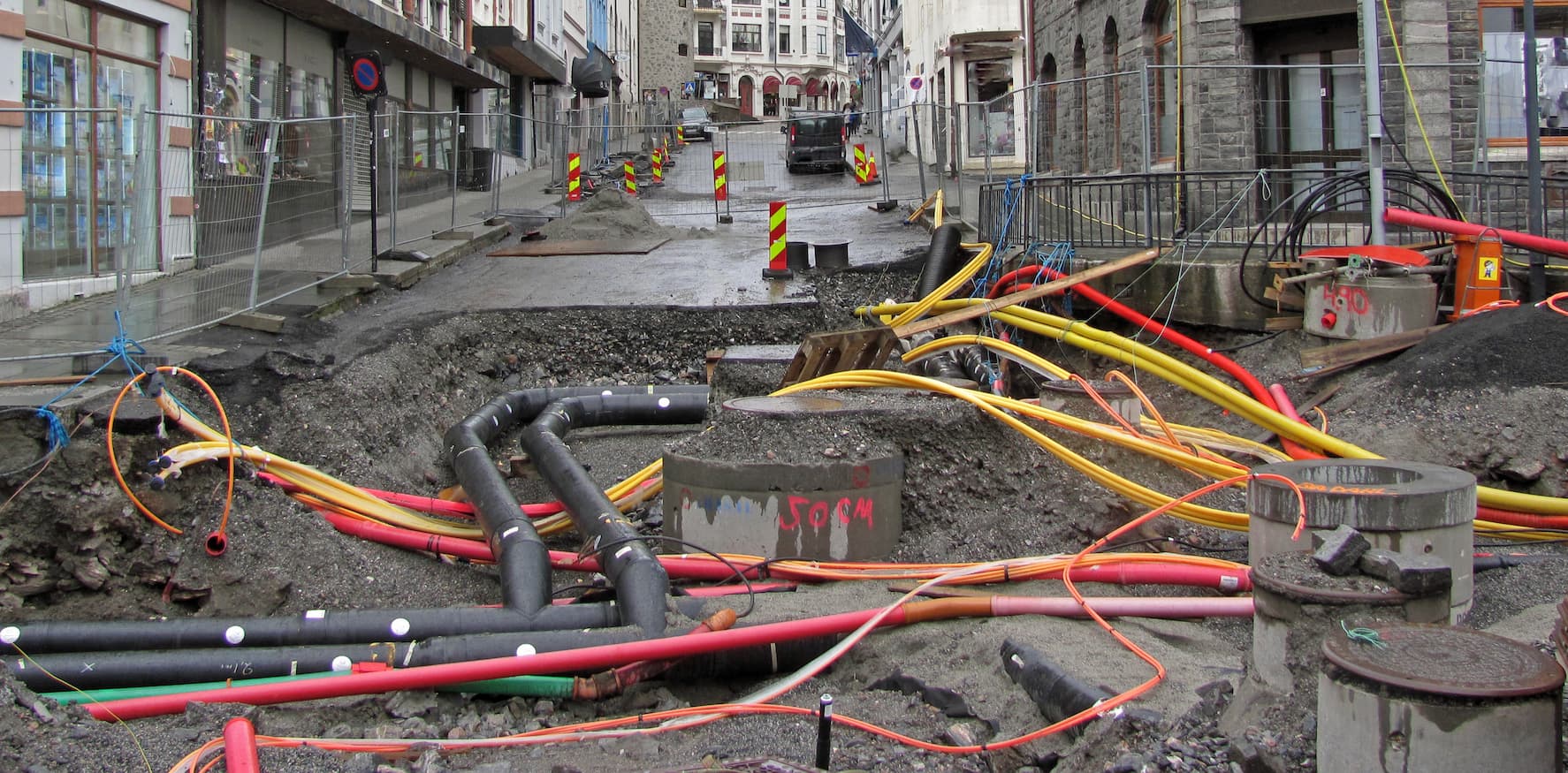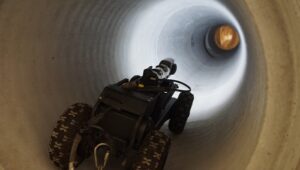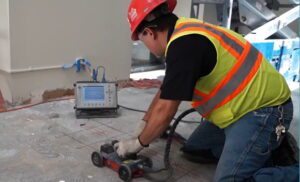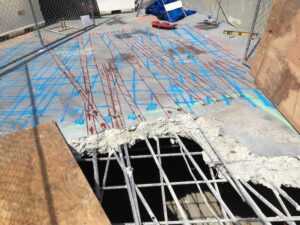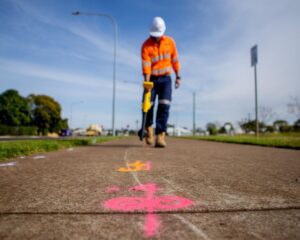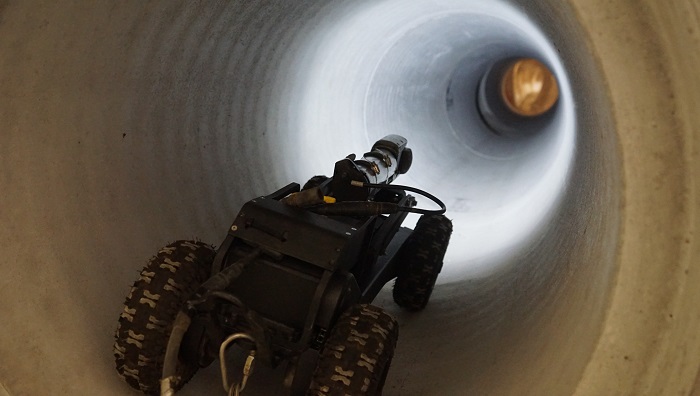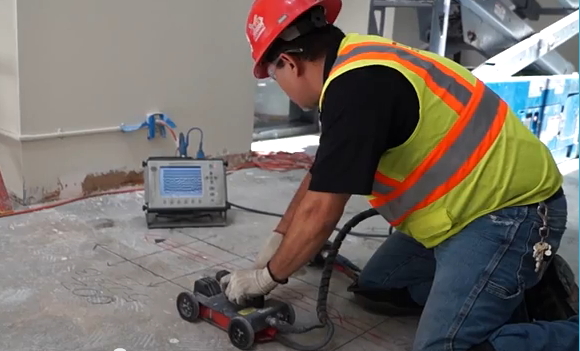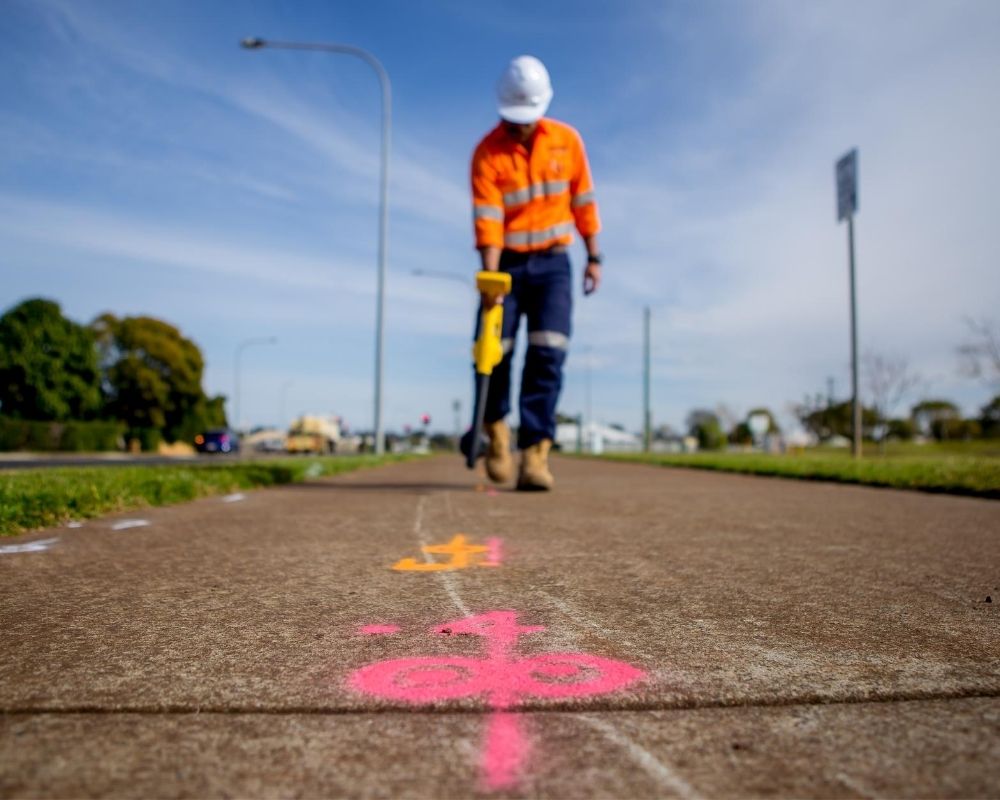Are you planning a construction project in Hamilton? Before you start digging, it’s crucial to understand the importance of underground utility locates. This article will guide you through the process and explain why it is essential to locate underground utilities before any excavation takes place. By the end, you’ll have a clear understanding of how this crucial step ensures safety, prevents damage, and saves time and money.
1. Introduction
Construction and excavation activities in Hamilton often involve working underground, where various utility lines are located. These utilities, such as water pipes, gas lines, electrical cables, and telecommunications infrastructure, are vital for the functioning of the city. Accidentally damaging these utilities can lead to disruptions in services, costly repairs, injuries, and even fatalities. Therefore, before any digging begins, it is crucial to locate and mark the underground utilities accurately.
2. Understanding Underground Utilities
Underground utilities refer to the network of pipes, cables, and other infrastructure that are buried beneath the ground. These utilities supply essential services to homes, businesses, and public facilities. They include water and sewer lines, gas lines, electrical cables, telephone and internet cables, and more. Each utility serves a specific purpose, and damaging them can have severe consequences.
3. Importance of Underground Utility Locates
Accidental damage to underground utilities can result in significant disruptions and hazards. It can disrupt the supply of essential services, leading to inconvenience, service outages, and potential health and safety risks. Moreover, the costs associated with repairing damaged utilities can be substantial. By conducting underground utility locates, you can:
- Ensure the safety of workers and the public
- Prevent service disruptions
- Minimize repair costs and project delays
- Comply with legal and regulatory requirements
- Maintain a positive reputation and avoid legal liabilities
4. The Process of Underground Utility Locates
The process of underground utility locates involves identifying and marking the exact locations of buried utilities. It typically includes the following steps:
- Project assessment: Understand the scope of the project and identify the areas that require utility locates.
- Utility records research: Gather existing utility maps, as-built drawings, and other available records to gain initial information about the underground infrastructure.
- Utility detection: Use specialized equipment and techniques to locate utilities, such as ground-penetrating radar, electromagnetic locators, and hydro excavation.
- Marking and flagging: Once utilities are detected, they are marked on the ground using color-coded paint, flags, or other visible markers to indicate their presence and type.
- Data documentation: Accurately record the located utilities, their depths, and any other relevant information for reference during the construction phase.
5. Types of Underground Utility Locates
There are different types of underground utility locates that cater to specific needs. The most common types include:
- Water and sewer line locates
- Gas line locates
- Electrical cable locates
- Telecommunications cable locates
- Fiber optic cable locates
- Stormwater drain locates
Each type of locate requires specialized knowledge and equipment to ensure accurate results.
6. Benefits of Professional Locating Services
Hiring professional locating services offers numerous benefits, including:
- Expertise and experience: Professionals are trained to identify and locate underground utilities accurately.
- Advanced equipment: Locating companies have access to specialized equipment that provides precise results.
- Time and cost savings: Professional locators efficiently complete the job, minimizing delays and avoiding costly mistakes.
- Safety: Professionals prioritize safety during the locating process, reducing the risk of accidents and injuries.
7. Common Challenges in Underground Utility Locates
Underground utility locates can present various challenges, including:
- Inaccurate or outdated utility records
- Complex utility networks
- Interference from other underground objects
- Changing soil conditions
- Limited accessibility to certain areas
Being aware of these challenges helps in planning and conducting more successful utility locates.
8. Best Practices for Successful Utility Locates
To ensure successful utility locates, it is essential to follow these best practices:
- Conduct thorough utility records research
- Use a combination of locating methods for increased accuracy
- Regularly calibrate and maintain locating equipment
- Train and certify personnel in utility locating techniques
- Communicate and collaborate effectively with other stakeholders
- Regularly update utility maps and records
By implementing these best practices, you can enhance the reliability and effectiveness of your utility locating efforts.
9. The Role of Technology in Underground Utility Locates
Technological advancements have revolutionized underground utility locates. Some of the technologies that are widely used in the industry include:
- Ground-penetrating radar (GPR): GPR uses radar pulses to detect and map underground utilities.
- Electromagnetic locators: These devices detect metallic utilities by measuring changes in the electromagnetic field.
- GIS mapping: Geographic Information System (GIS) mapping software is used to create detailed maps and records of underground utilities.
- Mobile apps and software: Various mobile applications and software are available to streamline the utility locating process, improving efficiency and accuracy.
These technologies enhance the speed, accuracy, and overall effectiveness of underground utility locates.
10. Regulatory Compliance and Legal Considerations
Performing underground utility locates is not just good practice but often a legal requirement. Several regulatory bodies govern utility locating activities to ensure safety and compliance. In Hamilton, specific regulations and guidelines must be followed, and failure to comply can lead to penalties and legal consequences. It is essential to be familiar with local laws and regulations and work with reputable utility locating companies that adhere to these standards.
11. Case Studies: Successful Utility Locates in Hamilton
To highlight the importance of underground utility locates, let’s examine a couple of case studies where proper locating procedures prevented potential disasters and minimized disruptions in Hamilton.
- Case Study: Downtown Construction Project
- Location: Downtown Hamilton
- Description: A construction project involving the installation of a new underground electrical line.
- Utility Locating Process: Thorough research, combined with ground-penetrating radar and electromagnetic locators, accurately identified existing utilities in the area.
- Outcome: The construction project was completed without damaging any underground utilities, preventing service disruptions and ensuring public safety.
- Case Study: Road Expansion Project
- Location: Major road in Hamilton
- Description: Expansion of a major road to accommodate increased traffic flow.
- Utility Locating Process: Extensive utility records research and on-site detection using hydro excavation techniques.
- Outcome: By precisely locating underground utilities, the road expansion project proceeded smoothly without damaging any essential infrastructure.
These case studies demonstrate the significance of thorough utility locates in preventing costly damages and ensuring project success.
12. Future Trends in Underground Utility Locates
The field of underground utility locates continues to evolve, with several future trends shaping the industry. Some of these trends include:
- Enhanced use of artificial intelligence (AI) and machine learning algorithms for data analysis and pattern recognition.
- Integration of utility locating data with Building Information Modeling (BIM) software for more accurate planning and visualization.
- Advancements in non-destructive testing techniques for locating non-metallic utilities such as plastic pipes and fiber optic cables.
- Increased adoption of mobile technologies and cloud-based platforms for real-time data sharing and collaboration.
These trends hold promise for further improving the efficiency, accuracy, and safety of underground utility locates.
13. Conclusion
Locating underground utilities is an integral part of any construction project in Hamilton. By conducting thorough utility locates, you ensure the safety of workers and the public, prevent service disruptions, and avoid costly damages. The process involves careful planning, using advanced technology, and working with professional locating services. Remember to comply with legal regulations and follow best practices for successful utility locates. With proper preparation and execution, you can ensure a smooth and successful construction project while safeguarding essential underground infrastructure.
Frequently Asked Questions
FAQ 1: Why is it necessary to locate underground utilities?
Locating underground utilities is necessary to prevent accidents, injuries, service disruptions, and costly damages during construction and excavation activities. It ensures the safety of workers, the public, and the integrity of essential services.
FAQ 2: Can I rely on old utility maps for locates?
While existing utility maps can provide initial information, they may not always be accurate or up to date. It is crucial to supplement them with thorough utility records research and on-site detection methods to ensure accurate and reliable results.
FAQ 3: How long does the utility locating process take?
The duration of the utility locating process depends on various factors, including the size and complexity of the project, the accessibility of the area, and the availability of utility records. It is best to consult with professional locating services to determine the estimated time required.
FAQ 4: Are there any risks involved in utility locates?
Utility locates involve some risks, such as encountering unexpected underground obstacles, working in potentially hazardous environments, and relying on accurate data and equipment. Hiring professional locating services minimizes these risks and ensures proper safety protocols are followed.
FAQ 5: Can I perform utility locates myself?
While it may be tempting to perform utility locates yourself, it is highly recommended to hire professional locating services. Professionals have the expertise, equipment, and knowledge of legal and regulatory requirements to perform accurate and safe utility locates.

